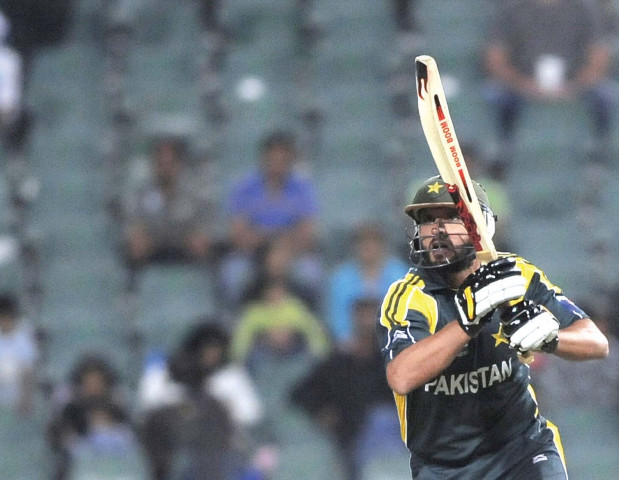The World Cup completed its first phase witnessing enthralling drama, a few upsets and some boring one-sided games.
It now enters the stage where a small mistake can confirm a ticket home. Herschelle Gibbs can bear testament to this fact when his dropped catch prompted the batsman, happening to be Australia captain Steve Waugh, to reportedly tell the South African that you’ve dropped the World Cup.
Pakistan play the West Indies today and after 42 matches of the event, one still cannot safely say that teams have truly mastered the art of utilising the batting Powerplay. Pakistan have no idea when to take it and it was evident when they played the defending champions Australia in their final group match where they won without availing the luxury. In other games too, the 1992 champions have waited till it was practically forced upon them and when the hitters were sent back to the pavilion.
India take the Powerplay in the closing stages of their innings and then end up losing wickets. In an attempt to hit out, their batsmen fall like ninepins and when you turn to the scoreboard, there are just 25 to 30 runs added as well as the loss of seven to eight wickets.
The other teams that have qualified for the last-eight have fared no better. It seems no team has properly studied the Powerplay phenomenon. From my experience of the game, I feel the ideal time for the batting luxury is when the ball is changed after 34 overs. It means a harder ball and as most teams tend to bring on the quick bowlers, they have fewer overs remaining for the death.
If one traces Pakistan’s performance over the years in 50-over cricket, one sees that with wickets in hand, Pakistan generally go berserk in the last 10 overs and have been scoring 100 plus runs even without the Powerplay. Leaving it till the end also adds pressure on the batsmen who feel they have to hit out at every ball thus losing wickets in a cluster.
Taking the same in the middle of the innings, particularly if Umar Akmal, Shahid Afridi and Abdul Razzaq are available, there’s a chance of maximising its use.
Meanwhile, Pakistan, disregarding the Powerplay’s use, have done well so far. But there has been criticism that the captain Afridi needs to get over his one-track mind of going with the same plan in every match, against every team.
Today, the team management should think about the available options and the strength of the opposition. While there is no doubt that Rehman has been bowling well and Afridi is reluctant to drop a batsman to accommodate another spinner, it would be astute to play Saeed Ajmal against the West Indies.
The strongest argument for this is the preponderance of left-handers in the West Indies line-up. Chris Gayle, Devon Smith and Shivnarine Chanderpaul are tentative playing off-spinners.
Gayle’s early dismissal by England spinner Graeme Swann strengthens this belief. However, if Afridi decides to retain the winning combination from the previous match, then Mohammad Hafeez and Umar Gul should get the new ball. This will allow the other spinner - Afridi and Rehman - to try and choke up the runs in the middle overs.
Let’s hope the team management thinks on these lines and we see a positive approach.
The writer is a former Pakistan team manager



COMMENTS
Comments are moderated and generally will be posted if they are on-topic and not abusive.
For more information, please see our Comments FAQ